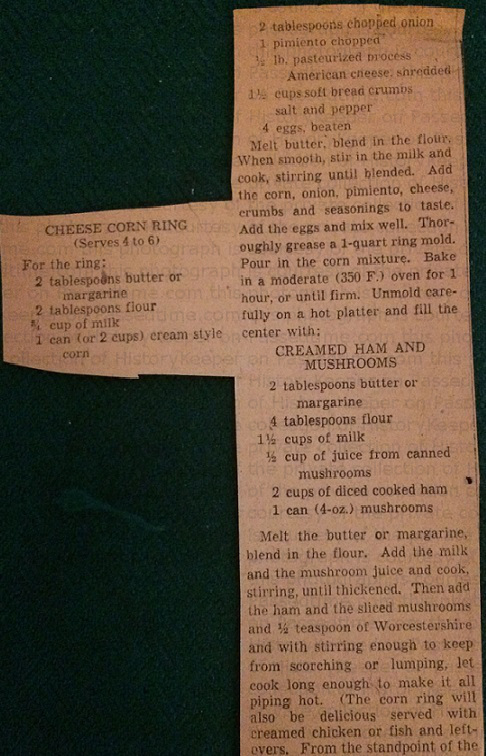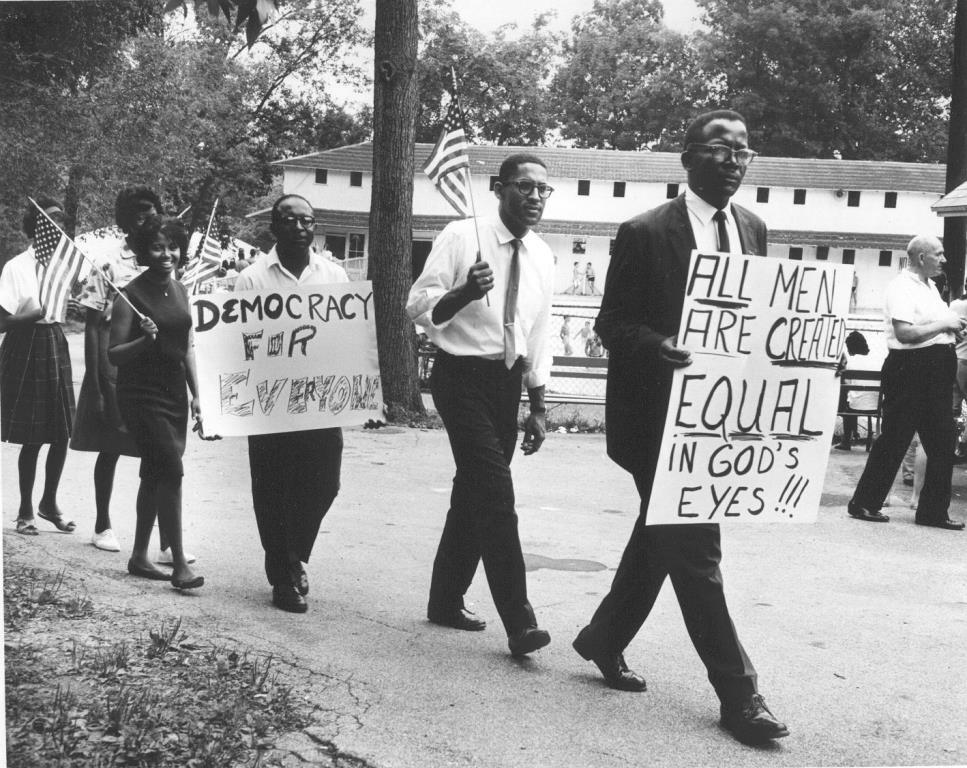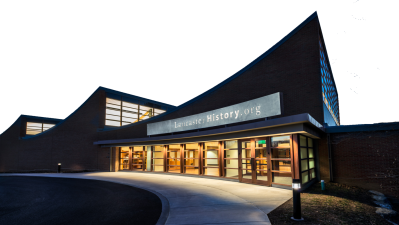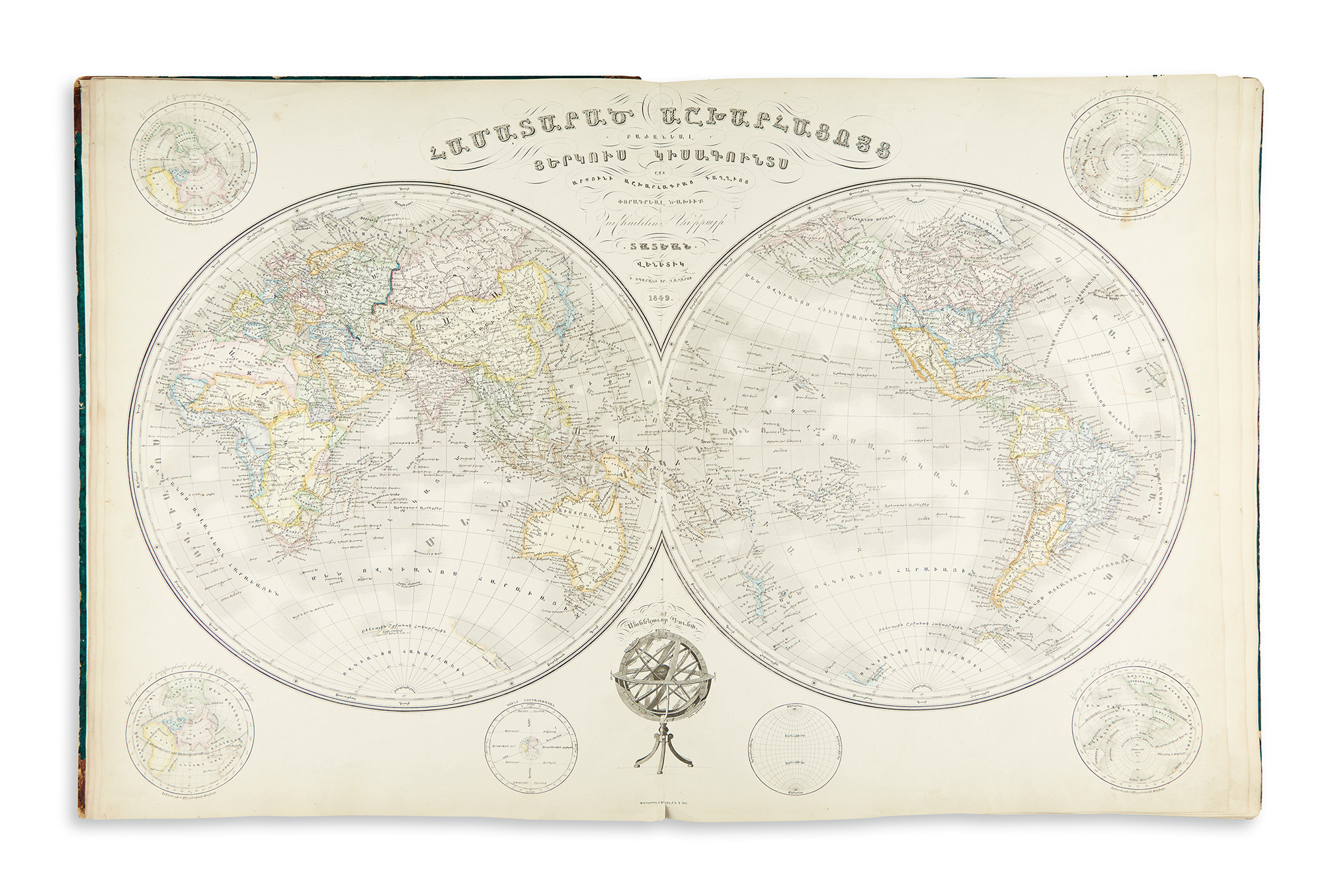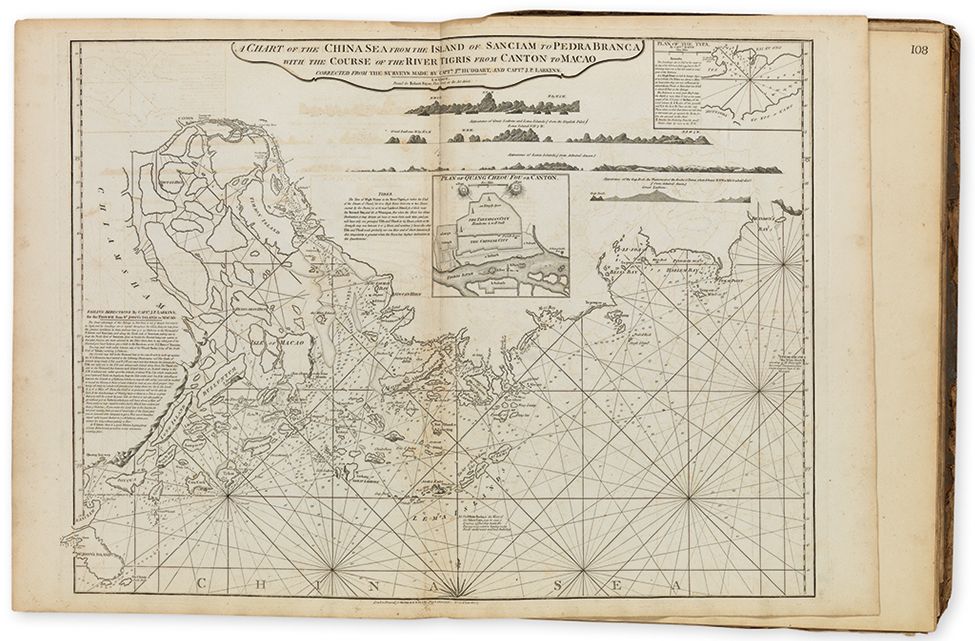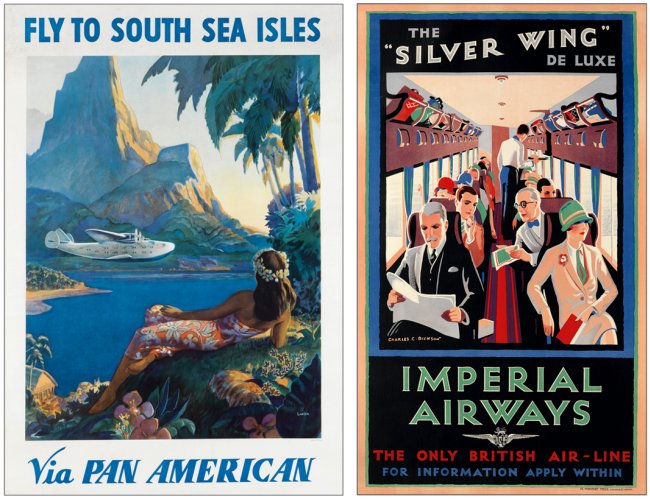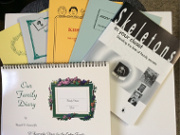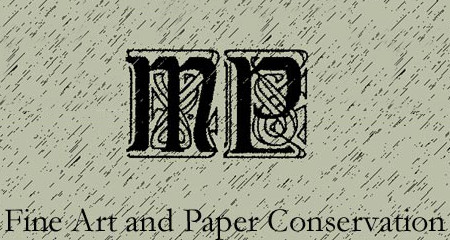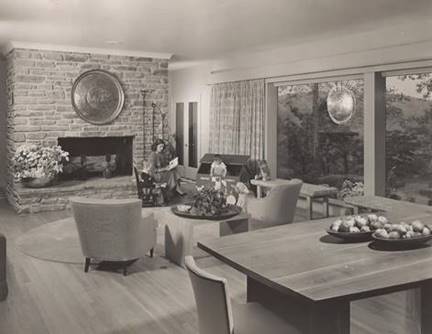Google Search
Draughts for the Feet from Preparations For Invalids 1882
DRAUGHTS FOR THE FEET
The following is from a cookbook published by Miss Bliss in 1882 (full and lengthy title after remedy). For some reason the line "place it on a hot shovel for a moment" portion made me laugh, otherwise these "remedies" sound rather....wonderful, for want of a better word. However, please take note, Passed Time and its contributors, takes no responsibility for the effectiveness of any remedy that makes its way onto Passed Time. I believe another common disclaimer is, "check with your doctor first," so, I guess that means, if you don't check with your doctor first, just don't blame us. Enjoy, and personally, I'm going to be trying the garlic one here in a few minutes...I'll keep you posted. HK 20 July 2015
"Take a large leaf from the horse-radish plant, and cut out the hard fibres that run through the leaf; place it on a hot shovel for a moment to soften it, fold it, and fasten it closely in the hollow of the foot by a cloth bandage.
Burdock-leaves, cabbage-leaves, and mullen-leaves, are used in the same manner, to alleviate pain and promote perspiration.
Garlics are also made for draughts by pounding them, placing them on a hot tin plate for a moment to sweat them, and binding them closely to the hollow of the foot by a cloth bandage.
Draughts of onions, for infants, are made by roasting onions in hot ashes, and, when they are quite soft, peeling off the outside, mashing them, and applying them on a cloth, as usual." p 286
The Practical Cook Book; Containing Upwards of One thousand Receipts: Consisting of Directions for Selecting, Preparing and Cooking all Kinds of Meats, Fish, Poultry and Game, Soups, Breads, Vegetables, and Salads. Also for Making All Kinds of Plain and Fancy Breads, Pastries, Puddings, Cakes, Creams, Ices, Jellies, Preserves, Marmalades, Etc. Etc. Etc. Together with Various Miscellaneous Receipts,and Numerous Preparations for Invalids. By Mrs. Bliss. Philadelphia: E. Claxton and Company 920 Market Street, 1882.
Cheese Corn Ring with Creamed Ham and Mushrooms
This is another recipe from the Oley Valley Cookbook. It is from a newspaper clipping found within the book so, unfortuntely, I cannot credit the source. Enjoy! HK 17 July 2015
No. 248 and Frazer Field in Newark, Delaware: The Bolivia/Delaware Connection
No. 248 is the number assigned to one of the participants in a Field Day excercise which took place on Friday, May 13, 1921 at Joe Frazer Field in Newark, Delware. I wanted to provide background information about the Joe Frazer Field which was dedicated by Joseph Heckart Frazer's parents and brother Stanley, on June 18, 1913.
The following information was found in the Proceedings of the American Society of Civil Engineers, Volume 38, Part 1, pages 110-111. Joseph Heckart Frazer, son of Eben B. Frazer [and presumably his wife], was born in Port Deposit Maryland on September 30, 1882. He graduated from Delaware College, Newark De in 1903 with a B.C.E. Immediately after graduation, Frazer joined the Baltimore and Ohio Railroad Comany as a topographer. Frazer worked in MD, PA, and WV until November of 1904.
In 1905, Frazer became a transitman with the Bolivian Railway Company. He was also employed by the Bolivian government as part of a commission to study and map out railways. In 1905, he became the Chief Engineer of the Concordia Mine for the Andes Tin Company, where he layed out roads and helped erect an electrical transmission plant.
Frazer soon resigned from those positions to establish his own company with Mr. William Rumbold as his partner. The firm, Rumbold and Frazer, headquartered in Bolivia and received contracts to survey roads across the Andes, amongst other endeavors. Unfortunately, Frazer developed pneumonia and died in La Paz, Bolivia on August 16, 1911, after being ill for 7 days. He was only 29 years old. The dedication of the Joe Frazer field allowed for many people, such as No. 248 E. Reynolds, to enjoy themselves on subsequent Field Days. HK, 11 July 2015
Recipe for BobbichWeck (Dutch Sticky Buns)
Yum. (If the image appears small, simply right click on it and open in a new window/tab for easier viewing)
A Penney Investment
When I was a girl (more years ago than I want to disclose), I bought a little brown tablet from the local five-and-dime. It cost a penney, which probably put a strain on my budget at the time. While cleaning out some stuff recently, I ran across it and thought I could use its blank pages for grocery lists, reminders, etc.
My daughter and a friend saw me write in it and tear out my note to tuck in my purse. Both remarked how the tablet was a piece of old ephemera and should be saved. By that time, I had written in several pages and tore them out, but both my daughter and friend joked that they could double my money, so it would be a good return on my investment to put it out at a flea market.
Had I not "abused" the tablet, which had printed on front a sailing ship, the word "Worldbound," and a large "1" with the abbreviation for cent, I began to wonder if my investment could be worth ten-fold or even one-hundred-fold my cost. I wondered if I doodled in it, would that make my investment better? Could I get $1 for the tablet "as is" or would I need to discount it because pages were missing? We deliberated about all that, but reached no conclusion.
The upshot is that the return on my investment amounted to moments of fun. Financially, well, what can I say? I blew it.
Cathy Rieger
Never Seen Photos of The John F. Kennedy Family Up For Auction
For a look at the photographs and some background information on Maud Shaw here is the link to a brief Washington Post Article.
Never Seen Photos From John F. Kennedy's Nanny up for Auction by Nick Kirkpatrick and Lindsey Bever
Here is a link to the auction house that is selling the photos (not endorsed by the good folks here at Passed Time, I just want to get the information out there to collectors) Nate D. Sanders Online Auction. Bidding ends on June 25 5 pm Pacific
Delaware Down Homers' Dover Dance December 25, 1923
World War I had ended and the war weary world did not know what the future was to bring. In a somewhat gritty joint called the Audubon Ballroom in New York City, one woman was to dance her way to fame by wearing out 6 partners over a 27 hour period in 1923. By doing so, 32-year-old Alma Cummings won a world record. A record that was broken just a couple of days later by a French woman. It was soon reclaimed by Cummings and soon broken yet again. The challenge and the craze was on. Marathon dancing became all the rage.
Did the marathon dance rage hit Dover, Delaware? This dance card says...possibly. The timing is perfect, for 1923 was when it all began again (the reality is dance marathons have existed for centuries). Young people, and sometimes not so young, dancing their frustrations away, or taking a moment to just ..be. Was the Delaware Down Homers' Dover Dance a marathon or was it simply a Christmas dance to be enjoyed by all in Dover, Delaware?
Of note is the last name "Frear," who promised a foxtrot in the second half of the dance. Perhaps it is J. Allen Frear (March 7, 1903 – January 15, 1993) Delaware politician and businessman who was to share this dance with our anonymous cardholder? As it stands, the dance card provides more questions than answers. Perhaps a Dover native can shed some light upon this dance card.
HK 23 June 2015 (to enlarge the picture simply right click and open in new tab. Draper is the name obscured by the glued string)
Pepperidge Farm Meatloaf Recipe Found in 1933 Oley Valley Cook Book
If you have read the article about this cook book, you know that this recipe came from a cook book with an 82 year lifespan, given that it was first printed in 1933. This meat loaf recipe was found tucked inside. Given that Passed Time is a history/nostalgia-based site, I wanted to learn a little more about one of the ingredients. If I could learn a little about Pepperidge Farm* herb seasoned filling, I might be able to pinpoint the date of the recipe. Interestingly enough, Pepperidge Farm was founded because of food allergens. The history parallels many criticisms on-going today of America's "processed food," a factor linked to the rise of allergies, obesity, and other health problems.
Margaret Rudkin was a Connecticut housewife who soon learned one of her children had an allergy to commercial breads because of the artificial fillers. In 1937, she began to experiment with her own bread and finally made a whole-wheat alternative for her family. Encouraged by not only her family, but the family's doctor, she began to sell the bread out of her kitchen to local stores. Pepperidge Farm was the name of her family's farm in Fairfield Connecticut.
In 1947, decade later (after WWII and the rationing that accompanied it), Rudkin expanded the bakery by introducing dinner rolls, oatmeal breads, and stuffing. Rudkin always insisted upon taking the first bite, to ensure the food met with her standards. The following recipe is probably from the later 1940s or early 1950s. There is more on the company's history on the Pepperidge Farm website. If you happen to make the recipe, let us know how it turned out here on Passed Time. History Keeper, 23 June 2015
*This is not an endorsement of Pepperidge Farms. Although we would gladly sell them advertising space, they have not reached out to us. I simply found this recipe and got curious. HK
 To see the image Full Size, just pop it into a new tab. (Highlight, then right click and click open in new tab) that should ensure you can see the recipe fully. If that doesn't work, feel free to contact me.
To see the image Full Size, just pop it into a new tab. (Highlight, then right click and click open in new tab) that should ensure you can see the recipe fully. If that doesn't work, feel free to contact me.
Author HistoryKeeper, currently lives in Dover, Delaware, with family, both two- and four-footed. I am a history enthusiast, who has great regard for the past and is especially proud of the Pennsylvania German culture. In addition to Passed Time, I am currently working on a project for the German Historical Institutes Immigrant Entrepreneurship: German-American Business Biographies (http://www.ghi-dc.org). I also contribute to various newsletters and I am working on another book...or two. Feel free to email me at pcsuter@passedtime.com for questions, comments, information, a shared love of history, an idea, or just because you want to share on Passed Time, but are too shy about getting started. But be aware, Files with Attachments will not be opened, but immediately deleted.
.
Silly Childhood Rhymes from Nanuet Autograph Book 1936
For those following the blog about the Nanuet Autogrpah book, these will be upcoming or you've already seen them. But for those interested in Pre-War rhymes, here are a couple of beauts....Enjoy. Pat Earnest 16 June 2015
"Lots of Love and Lots of Kisses
Sometimes change firls name to Mrs."
"Alice is a little star
Riding on a trolley car
When a car goes off the track
Alice wants her nickel back."
This next one is signed by a boy. I don't think anyone will be surprised.
"Violets are blue
Roses are red
Someone is dead
and that is you"
"Humpty Dumpty in the sky
Humpty Dumpty learned to fly,
Humpty Dumpty caught in the rain,
and down he came in his airplane."
My personal favorite is,
"When you get married
Don't marry a flirt
Marry a man who will wash his own shirt
and when you get a baby
and the baby cries
come over to my house
and have some apple pies."
I'll send more out later when I have time. Enjoy. Pat
Observations about the weather -- Old and New
While at our favorite restaurant today, we overheard a man announce so everyone could hear that it started raining. Many folks immediately looked out the window, but many others picked up their handheld devices and clicked on weather. A sign of changing times.
Scrapbook full of genealogy notes
In a scrapbook crammed with genealogy notes about many families--mostly from New Jersey and surrounding areas--one page caught my interest because, as most genealogists know, the maiden names of female spouses are hard to find.
This page concerns the Seabrook family. I will quote the entire page because it is rather interesting. Besides taking a firm stand about the name of the wife of James Seabrook, this page says:
"Thomas Seabrook, the progenitor of the New Jersey branch of the family, was first located in Minneford (now City Island) off Pelham, New York, in the year 1664. At this date he purchased land at Hempstead, L[ong] I[sland], whither he removed. He was at Hempstead 1670-1673. He moved thence to the town of West Chesrer, N. Y., where he was living in 1675. On December 27, 1674, he was killed by the Indians in the uprising which occurred on that date. He was a member of Capt. Osborn's Company which was called out in defence of the settlement. (This information comes from Dr. J. E. Stillwell, the genealogist, who is one of the descendants.)
"The Seabrook Estate was vested in James the son of Thomas in 1717. Dr. Stillwell says, 'I know certainly that the wife of James Seabrook was Hannah Grover, daughter of Joseph Grover and Hannah Lawrence, his wife.'"
The scrapbook where this page was found was put together probably about 1915. It has many families in it, and is not at all specific to the Seabrook family. Enjoy!
Mary Schefer
How To Cook A Husband : Nineteenth Century Marital Advice
Okay, I found this rag tag, dirty, part-of-it-missing, I was almost-afraid-to-touch-it, book at a flea market recently. I was hesitant because of the grime, but the 25 cent price tag lured me into looking at it. Then the first page (actually the fourth page, because the first part of the book is missing) grabbed my attention. Its title, "How To Cook A Husband," made the book too juicy to pass up. The entire effort is a cookbook, no doubt a twentieth century fund-raising attempt. Although I do not know the date of this particular book, I ran the text of "How To Cook Your Husband," on a search engine. No luck with any author, but it dates back to at least 1895, so I am safe in reproducing it here. If any "Dear reader" happens to have more information about it, please feel free to share. Pat Earnest 11 June 2015
How To Cook a Husband
A good many husbands are utterly spoiled by mismanagement. Some women go about it as if their husbands were balloons. But blow them up. Others keep them constantly in hot water, others let them freeze by indifference and carelessness. Some keep them in a pickle all their lives. Some keep them in a stew by irritating ways and words. Others roast them. It cannot be supposed that any husband will be tender and good if managed in this way, but they are really delicious when properly treated.
In selecting a husband, do not go to market for him, as the best are always brought to your door. It is far better to have none, unless you patiently learn how to govern him. See that the linen in which you wrap him is properly washed and mended with the required number of buttons and strings tightly sewed on.
Tie him in the kettle by a silk cord called "Comfort", as the one called "Duty" is apt to be too weak. They are apt to fall out of the kettle and to be burned and crusty on the edges, since, like crab and lobsters you have to cook them while alive.
If he sputters and fusses, do not be anxious -- some husbands do this until they are cooled down. Add a little sugar in the form of which confectioners call "Kisses" but no vinegar or pepper on any account. A little spice improves them, but it must be used with judgement.
Do not stick any sharp instruments into him to see if he is becoming tender. Stir him gently, watching awile [sic], less he adhere to the kettle and so become useless. You cannot fail to know when he is done.
If this treatment is closely followed you will find him all that is desireable, but do not keep him in a too cool a place. The end.
Author HistoryKeeper, currently lives in Dover, Delaware, with family, both two- and four-footed. I am a published author and history enthusiast, who has great regard for the past and is especially proud of the Pennsylvania German culture. In addition to Passed Time, I am currently working on a project for the German Historical Institutes Immigrant Entrepreneurship: German-American Business Biographies (http://www.ghi-dc.org). I also contribute to various newsletters and I am working on another book...or two. Feel free to email me at pcsuter@passedtime.com for questions, comments, information, a shared love of history, an idea, or just because you want to share on Passed Time, but are too shy about getting started. Be aware, Files with Attachments will not be opened, but immediately deleted.
John Hoover's Land in Taneytown Maryland
While researching Matthias Hoffman (died 1838?) of Washington County, Maryland, I came across the following entries regarding land purchases of a man named John Hoover in Taneytown. Hoover seemed to buy up everything he could. The names of the tracts he purchased were interesting. They included parts of "Sarah's Delight, Harry's Grove (or grave), Nicholas' Mistake, Shockey's Mistake, Help to Hall's Sale, Darling's Dale, Bald Hill, Rocky Hill, Cost More Than It's Worth, and Worth Little." His home place was called "Necessity." For those interested, I found this in Matthias & Mary (Hoover) Hoffman of "Necessity" and Their Descendants, compiled by Jacob A. Hoffman.
Dear Alice (Part 1): 1936 Nanuet, New York Autograph Book
Among the many surviving categories of historical artifacts, one of the items often treasured by individual collectors is the autograph book. Unless the autograph book contains signatures belonging to the signers of the Declaration of Independence or a local figurehead, most are not coveted by institutions such as museums or historical societies. Some exceptions exist. For instance, Princeton University has a collection of autograph books belonging to former classmen. An online post for The University of Southern Mississippi, states that during and after the Civil War, people often wanted the signatures of war heroes, which prompted them to write letters requesting an autograph. They also attended speeches hoping to get a signature. These Civil War era books would be undoubtedly held in high esteem by institutions, but the majority of autograph books are those that were created by everyday people. Although the average person's autograph book is not yet aggressively sought by institutions, their day will come. This particular find, hailing from Nanuet, New York, may just be the catalyst that brings about this change. Of course, I might just be biased, but I love this little book.
The cover is worn and torn, but it is a child's book afterall, and children's books don't always survive their owner's care in pristine condition. In any event, the treasure is not the cover but it is the content. The first entry is actually written on the inner cover. It needs to be transcribed as the paste down has darkened with age nearly obliterating the pencil message. If held up to a good light at just the right angle, it can at least be read, if not photographed or scanned.
This first entry sets the tone for the "Dear Alice" autograph book. It reads,
Dear Alice
You will have many friends
And many lovers
So to give them all room
I shall write on the cover
Your Friend, Margie
There is another pencil notation under this entry, but it is illegible. Margie did not sign her last name, but she is the exception. It is other signatories found in "Dear Alice:" to which we owe a great deal of debt, for they provide information that Alice does not. The identity of Alice is as much of a mystery as her friend Margie. Alice did enter that she belonged to the class of 1942. She also provided her grade which was the sixth grade. The dated entries all exhibit "1936," giving the reader a precise date. From this information we can surmise Alice was born circa 1925. Some entries within the book tell us these children resided in Nanuet, New York. Yet, Alice did contribute some information, just little about herself.
Under the page titled, "Folks I Have Met", Alice filled in five names. They are "Leola Fester, John Stepler, Buster Robbins, Mary Ramsay, and DorisTallman." A quick online search discloses little about these acquaintances of Alice, with the exception of Doris Tallman. The following entry, dated April 19, 1940, is in the "Orangetown Telegram and Pearl River Searchlight."
"A birthday surprise party was given to Helen McGill at the home of Miss Doris Tallman, East Orchard street, last Friday night at 8 o'clock. Her friends had gathered before she arrived. The evening was spent playing games. She received many nice prizes. Refreshments were served. Those,who attended were Shirley and Jer.n Tall man, Mary Risco, George McLain, Doris Tallman. Thomas Sherwood, Florence Stixrud, Harland Markell, Rosella Costigan, Eleanor McLeod, Alice McGill, Helen McGill, Thomas Roth, Catherine Gray, Eleanor Me Leod, Mr. and Mrs. Chris Tallman."
It is fun to speculate that "Dear Alice" might have been Alice McGill, however there is no evidence to support that claim. Under the heading titled "Social," Alice entered "dancing" and "parties," but, that was probably true of many kids at that age. Alice was a fan of baseball, basketball, rollerskating, football, gulf [sic], and tennece [sic]. She did not clarify whether she played or simply enjoyed the sports. Lastly, under the title "Nicknames & Nonsense," we learn that Alice was called "Mickey Mouse," "Mick," and "Al." Beyond these small clues, Alice's identity is a mystery.
"Dear Alice" contains upwards of thirty entries, which will be released a little at a time. Although I do not intend to do a full genealogical work-up of the names (their families have to have some fun too), I do want to see what can quickly be learned. For fun and reminiscing, Daniel Silverman maintains a "Memory Lane"-type website, which has offerings devoted to Nanuet. Although the hope is that we can lure Silverman to Passed Time, for now we can direct you his way. As far as I can tell, "Dear Alice" is one of the earliest Nanuet offerings, but many of the anecdotes on "Nanuet: The flawed jewel of the Hudson lowlands" are entertaining.
History Keeper 28 May 2015
Author Pat Earnest, currently lives in Dover, Delaware, with family, both two- and four-footed. I am a published author and history enthusiast, who has great regard for the past and is especially proud of the Pennsylvania German culture. In addition to Passed Time, I am currently working on a project for the German Historical Institutes Immigrant Entrepreneurship: German-American Business Biographies (http://www.ghi-dc.org). I also contribute to various newsletters and I am working on another book...or two. Feel free to email me at pcsuter@passedtime.com for questions, comments, information, a shared love of history, an idea, or just because you want to share on Passed Time, but are too shy about getting started. Be aware, Files with Attachments will not be opened, but immediately deleted.
Dear Alice (Part 2): January 6, 1936
The first autograph, beyond the one on the inner cover, is dated Jan 6, 1936. It reads,
For Dear Alice,
Lots of love and losts of Kisses
Sometimes change girls name
to
Mrs.
Eloise Rehburg
A pencil notation, undoubtedly made by Alice reads, (Moved to Virginia in 1936) with "summer" added and then struck through.


